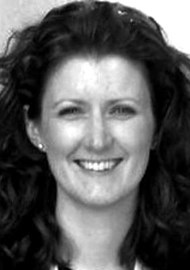This article sets out to comprehensibly describe drug induced sleep endoscopy and its role in determining the level of obstruction in patients with OSA. The advantages described include the fact that other techniques, including Muller’s manoeuvre, have significant variation in assessor reliability and struggle to accurately demonstrate the true level(s) of obstruction. Drug induced sleep endoscopy is the closest to the true sleep state and also has the advantage of assessment during it with regards airway manoeuvres and mandibular splints etc. Another advantage includes the assessment being performed in real time with pulse oximetry. However, sleep endoscopy has not yet been directly evaluated against other OSA assessments. Despite this the authors extensively describe the indications (usually moderate to severe OSA and failed CPAP) and technique so that it can be reproducible. Propofol is the drug of choice and they provide guidance on the level of sedation that is to be achieved. A particularly helpful table is where the authors describe the endoscopy findings against the severity of OSA but also the possible CPAP alternatives from a surgical perspective. They convincingly argue the point that although sleep induced endoscopy may not accurately reflect a true sleep state, it is certainly considered the most useful assessment tool currently employed by sleep centres. A thorough and detailed article especially for those considering undertaking it as part of their OSA assessment.
Describing the most useful OSA assessment?
Reviewed by Suzanne Jervis
Drug-induced sleep endoscopy.
CONTRIBUTOR
Suzanne Jervis
FRCS (ORL HNS), Shrewsbury and Telford Hospitals, NHS Trust, UK.
View Full Profile



